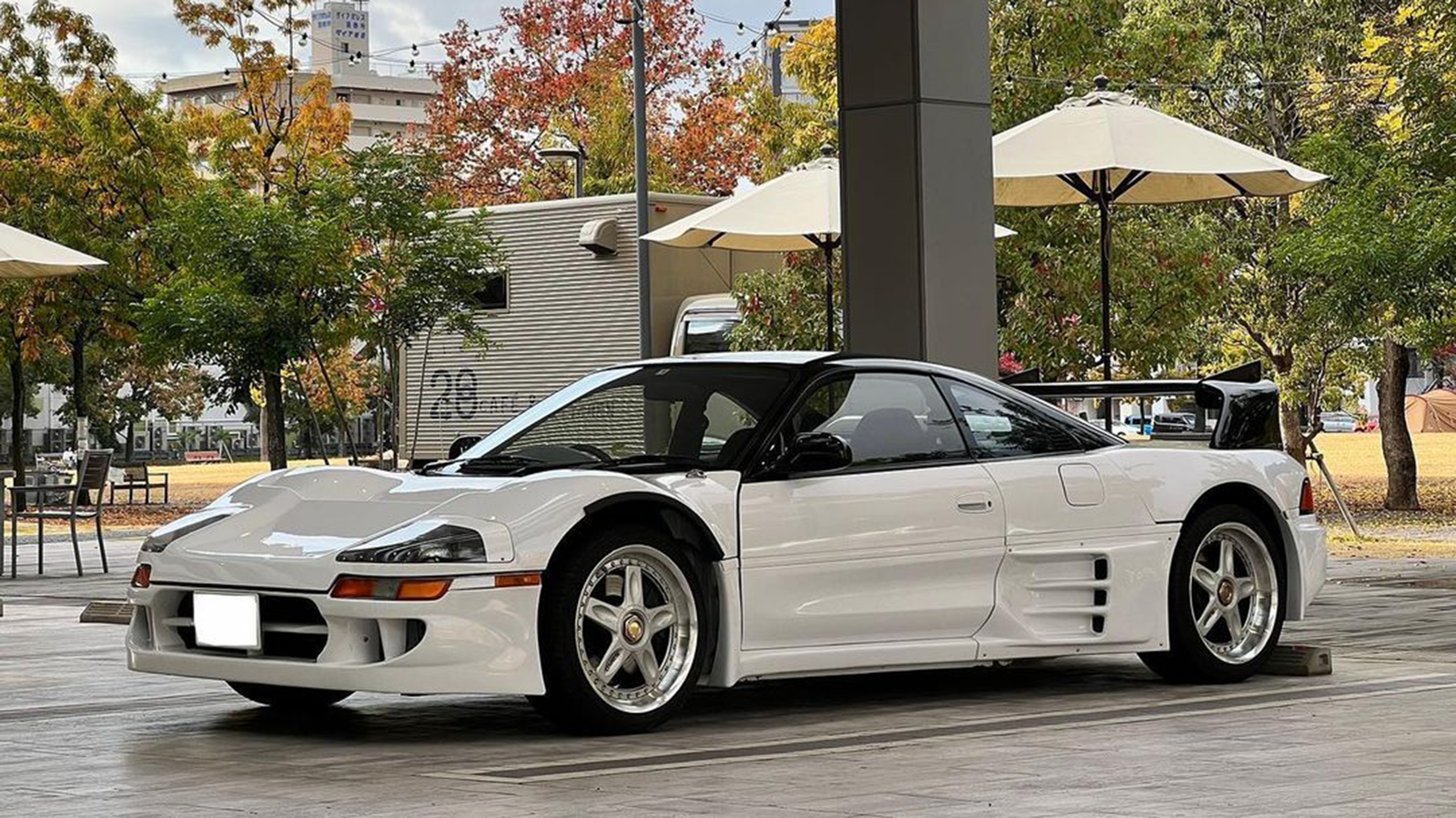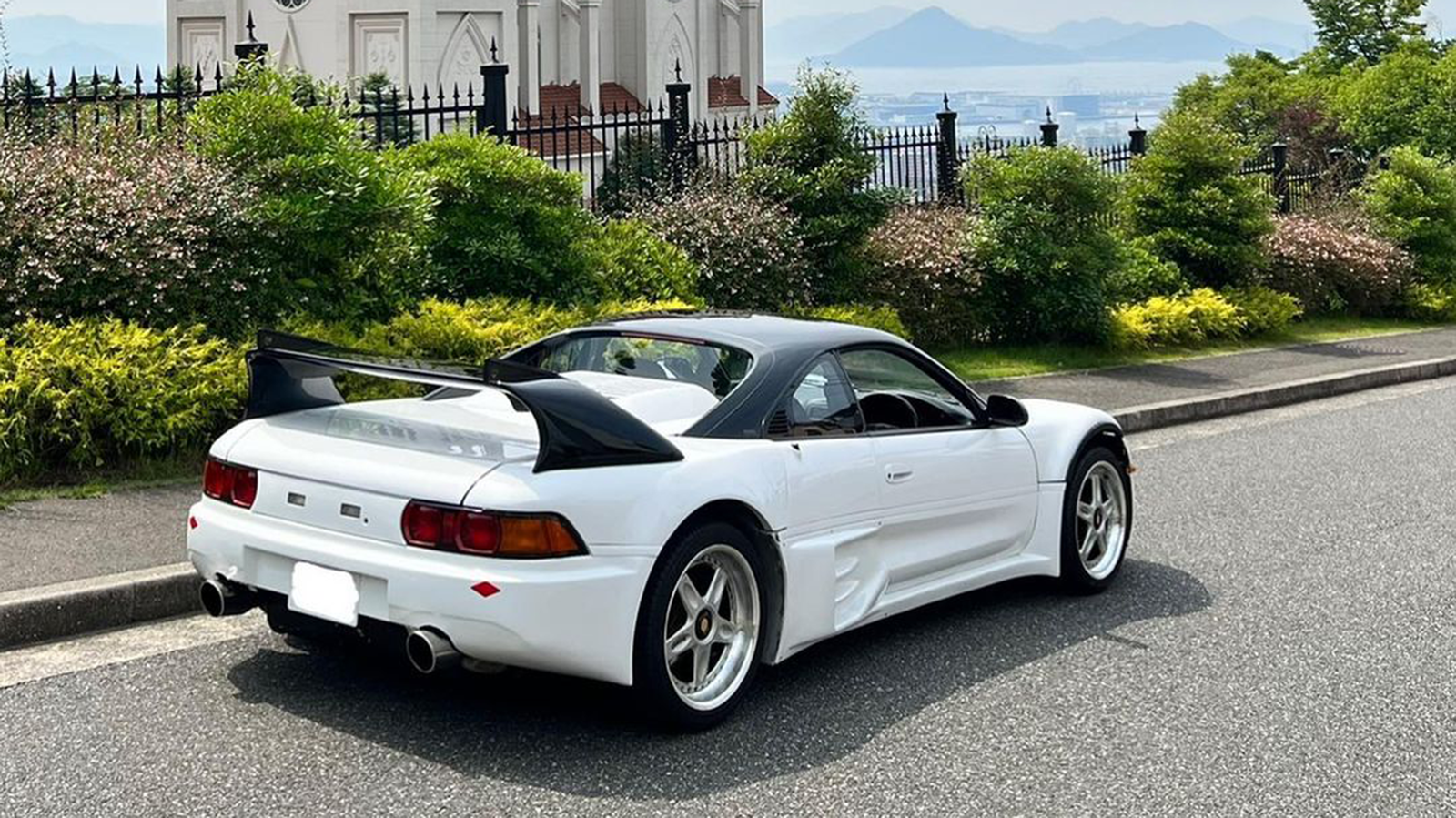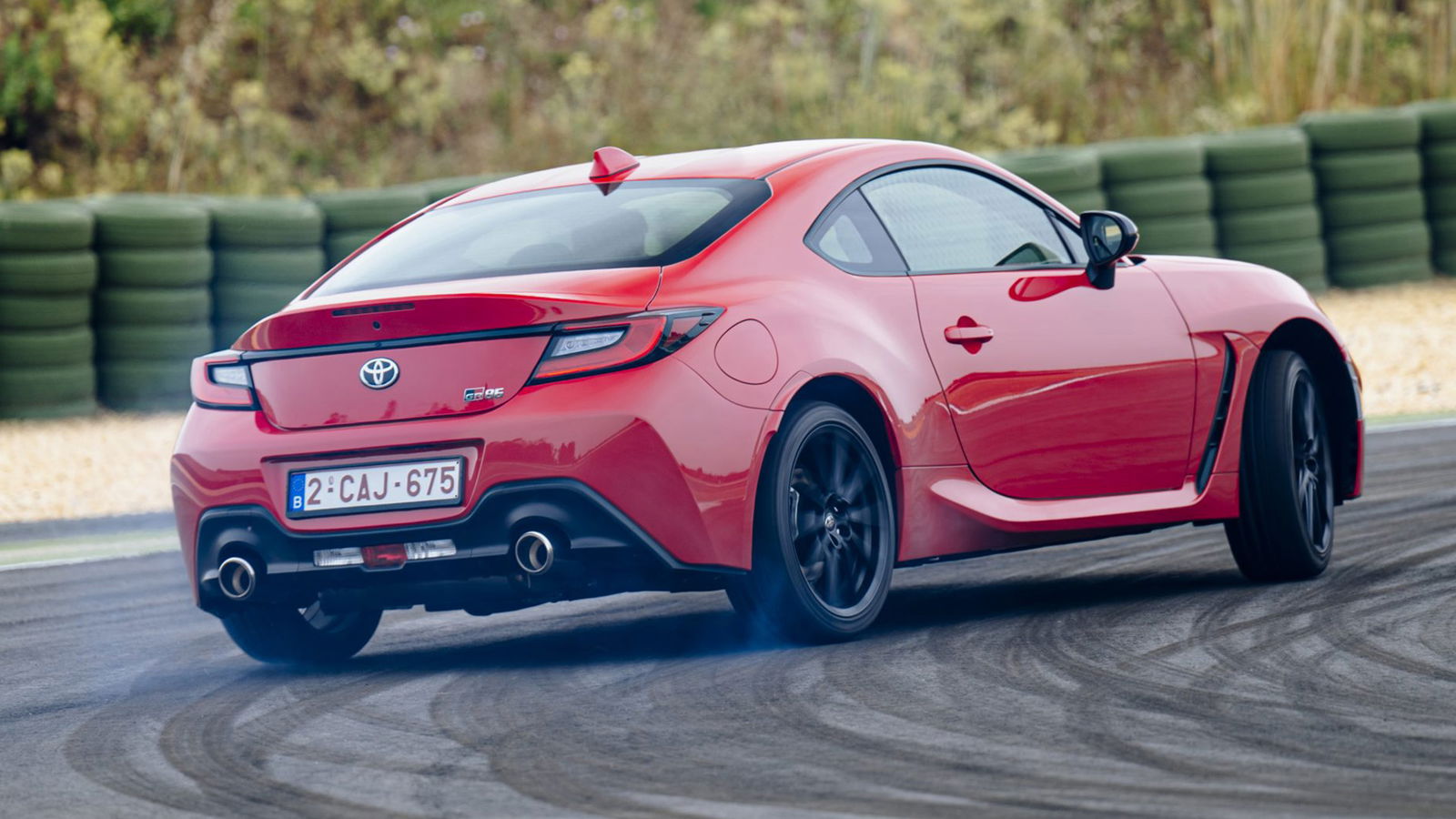The Forgotten V8 Toyota MR2 GT1 Homologation Special Is Still In Use Today

Throughout much of the 1990s, LMGT1 was the top tier of the Le Mans 24 Hours. For a manufacturer to take its car to the famous bit of French countryside though, homologation rules required at least one road car to be built.
As a result, some memorable great supercars of the era were born. The iconic two are without a doubt the McLaren F1 GTR and Porsche 911 GT1 Strassenversion, while lesser-known and very much rule-bending road-registered versions of the Nissan R390 and Toyota GT-One existed.
You’d think that requirement would have led to most privateer teams buying off-the-shelf cars rather than having a crack of their own, as previous prototype regulations allowed them to do so. In most cases yes, but there were some obscure outliers. Like this peculiar MR2.
If you’re unfamiliar with SARD, short for Sigma Advanced Racing Development, it's a tuner and racing team that to this day works very closely with Toyota. Most significantly, it’s been an official factory team in the Japanese SuperGT (and the prior JGTC) since 1994.
By 1995, the firm decided it wanted to return to Le Mans, having last made an appearance 20 years before. Initially, it entered with a JGTC-spec Toyota Supra, finishing 14th overall.
While that programme was running, it was working on a mid-engined, purpose-built car of its own. Taking the humble Toyota MR2, the front of its chassis was heavily reworked while the rear was completely swapped out for a custom setup. It was necessary to accommodate a new engine, a twin-turbocharged version of the 4.0-litre 1UZ-FE V8 found in the likes of the Soarer, Crown and even Japanese ambulances at the time.

Sadly, the MC8-R proved unreliable, failing to finish at the 1996 24 Hours. The team would return for 1997 but failed to make it past pre-qualifying, leaving the MC8-R to fade into obscurity.
Of course, to allow it to go racing, there had to be a road car. One was built in 1995, simply named the SARD MC8. A few press images were released in the 1990s and disappeared with seemingly no trace.
That was until 2015 when the one-off appeared online and then three years later was spotted on the back of a flatbed truck in Japan. Now, it resides with an owner who is keen to keep the story alive.

Asked to be known only as Y, his reason for this alone shows how much love the MC8’s current ownership offers. “The history of this car will last longer than my lifetime, so I post it on Instagram and other sites so that people can see it. The star of the show is not me, but the car. I am happy just to be a part of this car’s history”.
How did Y come across the car? “By chance,” he said, coming across the car “before it was sold abroad”. It wasn’t in a roadworthy state at the time but has been painstakingly worked on over the last few years to make it so.
Y says he uses the car regularly when time allows, and that using it “Is not particularly difficult, although it has its quirks. The suspension is from a race car, so it’s very hard on the back”.
With so many of its counterparts locked away in museums of temperate-controlled garages as investments, it’s great to see this truly bonkers and unique MC8 being given some love. Give Y a follow on his Instagram, mc8_channel.
.jpg?width=1600)


Comments